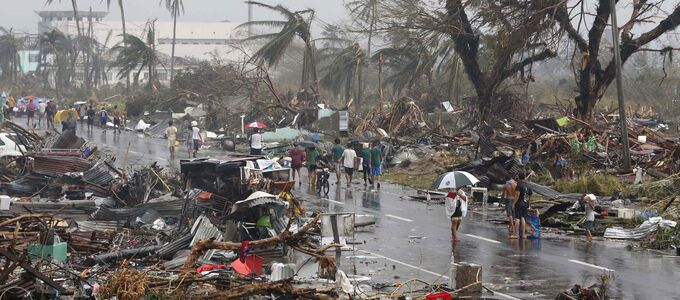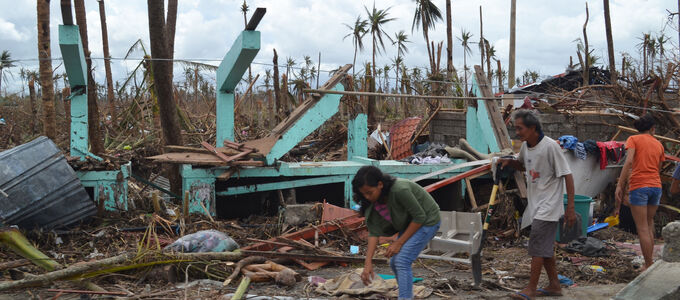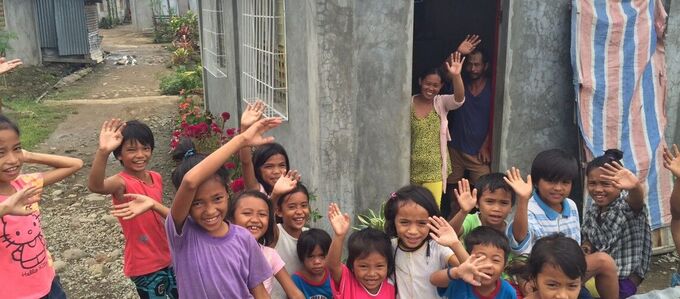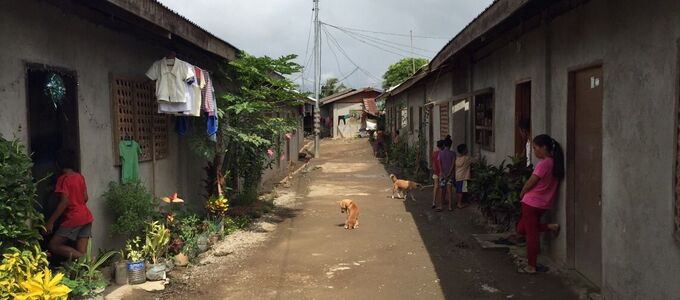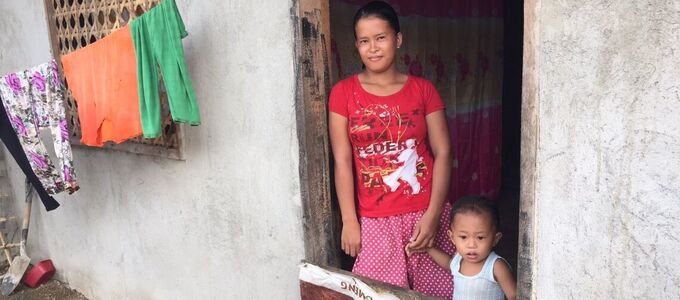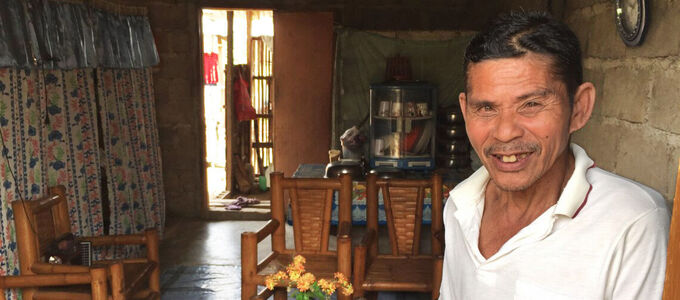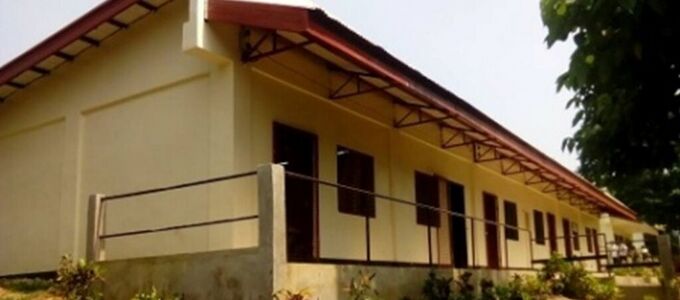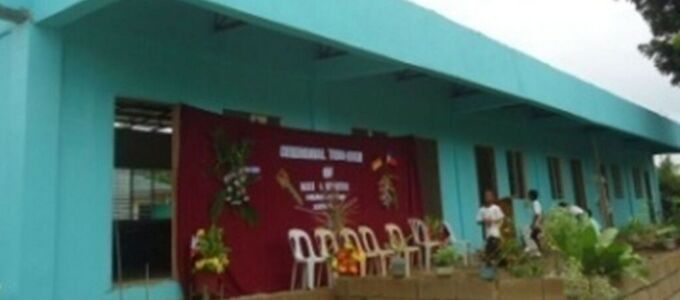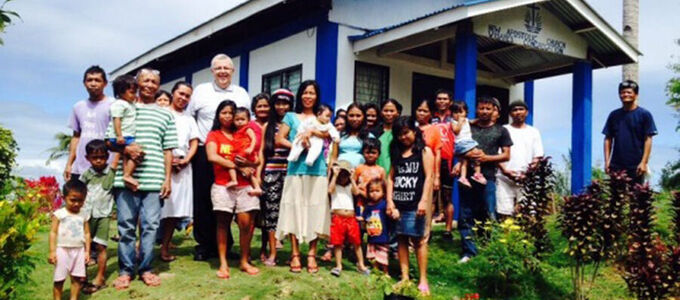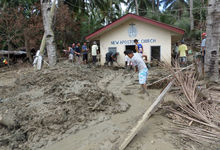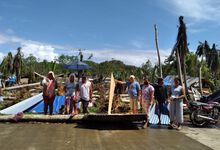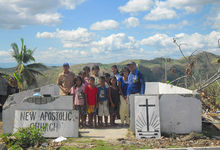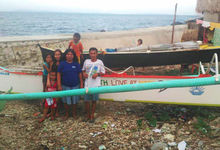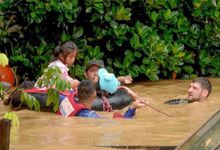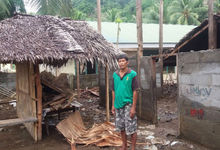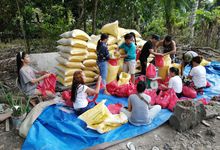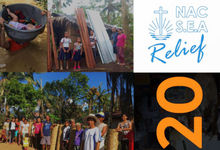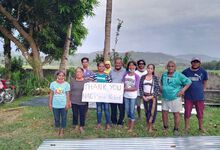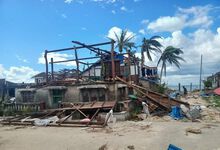Between trauma and resilience
It was the deadliest natural disaster in the history of the Philippines. Super typhoon Yolanda left deep scars. Here is a look back by the aid organisation NAC SEA Relief and a look at what remains of the distress and the aid that was provided.
The super typhoon, also known internationally as Haiyan, slammed into the archipelago on 8 November 2013. More than 6,000 people were reported dead while another four million people lost their homes and livelihoods. These figures are cited by the NAC SEA Relief Fund, the humanitarian agency of the New Apostolic Church South-East Asia.
“I can still remember the smell ... death all around,” Marlene Holman recalls, then still Datario, who was on the front-lines in those days for the aid organisation. “Most of the people I spoke with were in shock. I remember panicking inwardly because I felt I wasn’t doing enough to help the people around me,” she says, describing what many first responders experience.
The community of aid workers
Such memories were brought back recently when a delegation from NAC SEA Relief made a visit to the island of Leyte, which was hit first and hardest by the cyclone. Numerous memorial and mass graves keep alive the memory of the suffering of those days. At the time, professional organisations and countless NGOs flocked into Leyte from all over the world.
“Enormous work was done. Christian, Muslim, and Buddhist organisations showed solidarity, and governments—local, national, and international—were part of rebuilding,” the retired District Apostle Urs Hebeisen says, who is president of the aid agency. “At NAC SEA Relief we tried to identify those who had not been reached by anybody,” he explains.
Emergency aid and reconstruction
Emergency aid was provided in the first weeks and months. Dozens of volunteers distributed emergency parcels containing rice and other essential food and hygiene products to the people.
The reconstruction phase soon followed: building a village for a Christian community and rebuilding public schools. Livelihood assistance and equipment for health centres was provided. The organisation’s biggest project was accomplished in Sitio Codilla near Ormoc: thirty residential units in around 20 sturdy houses. People who had lost everything in the storm found a new home there and were able to go back to farming.
NAC SEA Relief was only able to shoulder this with help from NAK-Humanitas of Switzerland and NAK-karitativ of Germany, who were involved in rehabilitation and relief work “with unprecedented investment”, as District Apostle Hebeisen points out. “We feel humble pride to be part of a team that goes to the grassroots and starts working from there towards the community,” Marlene says.
Still in resistance
The stench of death has long since vanished and people have rebuilt their lives. Nevertheless, life is still full of challenges for most Leytenianos: “Those who survived continue to survive each day,” as Marlene puts it.
Indeed, talking to villagers reveals that the traumatic experience of that fateful November day is still alive in their memories. “But Filipinos would not be Filipinos if they would not have come to terms. What a resilient people,” Urs Hebeisen says. Since Yolanda, six more typhoons have hit the region.


